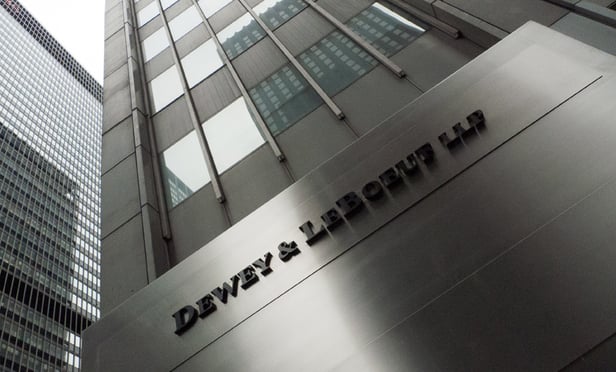As we approach the fourth anniversary of the bankruptcy and demise of Dewey & LeBoeuf, where I was a partner, I am reflecting on the lessons I learned from my experience. These lessons are not about the mistakes made prior to the firm’s collapse, but rather what happened afterwards. My experience has made me realize that the legal profession must change how it deals with a bankrupt law firm in order to better protect the firm’s clients.
First and foremost, a law firm is not just a business enterprise; it is a group of fiduciaries whose primary duty is to their clients to professionally handle the matters entrusted to them. Although protecting creditors is the focus of every bankruptcy, everyone must recognize the non-business nature of law firms, and creditors’ committees must be more concerned about the firm’s clients, especially if they expect the clients to pay the bills rendered by the insolvent law firm. The sooner the difference between a traditional operating business and a law firm is recognized, the better for everyone involved, especially the law firm’s creditors. If the creditors want to maximize the return from the bankrupt law firm’s estate, then the creditors should be equally concerned with the firm’s former clients’ ability to receive seamless service through a traumatic period for everyone concerned.



